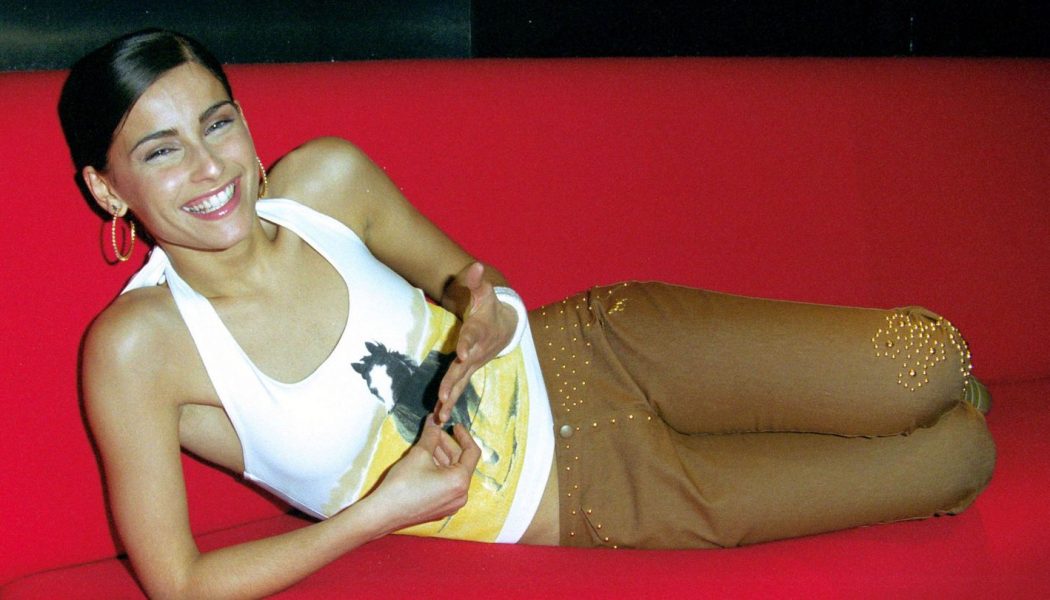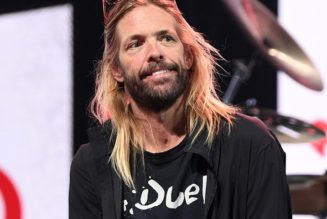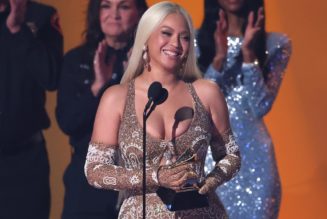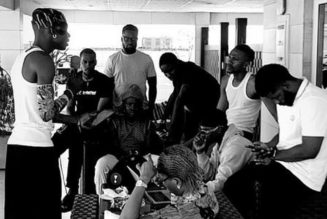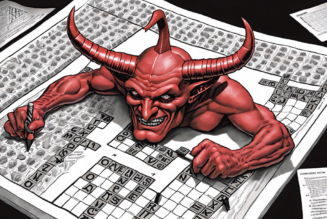
By Alex Gonzalez
Twenty years ago, a 21-year-old singer from Canada stepped onto the scene with her debut single, “I’m Like a Bird.” At the time of its release, Nelly Furtado didn’t know the song would be a big radio hit. Her folky, coffee house style and sound was different from that of the Britneys and the Christinas of the time, but she knew “I’m Like a Bird” was something special.
“I’m Like a Bird” led Furtado’s debut album, Whoa, Nelly!, released October 24, 2000. Like the majority of the album, it was produced by songwriting pair Brian West and Gerald Eaton of Canadian band The Philosopher Kings. When Furtado first wrote the song, Eaton and West weren’t sure if it would fit in with the rest of the record.
“She just had it on guitar, and it was sort of a simple, folky song,” Eaton tells MTV News. “I think Brian and I wrote a bridge with her, but it wasn’t until the production of that song that we knew we had something special. We all found it a little bit too ‘happy’ for this cool, fresh album we were trying to make, so we were a little bit skeptical of it at first. But when the production came together, and we got that sort of hip-hop bounce groove, that’s when we started getting really excited.”
The song went on to peak at No. 9 on the Billboard Hot 100 chart and win the Best Female Pop Vocal Performance award at the 44th Grammy Awards in 2002. It also caught the attention of Timbaland, who eventually worked with Furtado on her 2006 album, Loose. “I knew she was different,” Timbaland tells MTV News. “That video was different at the time. I just thought she had a unique style and always thought that me and her could mesh.”
Back in Toronto, Furtado, Eaton, and West weren’t expecting such a grand reception. “We didn’t really imagine that it would be a pop success,” West tells MTV News. “We hoped that things would go well, but we were kind of thinking it would be this tastemaker album that would be played in, like, Urban Outfitters. We thought we were way more hipster than we were.”
West and Eaton first encountered Furtado circa 1997 at a Toronto nightclub showcase called Honey Jam, an all-female musical showcase also known for launching the careers of Melanie Fiona and Jully Black. At the time, Eaton and West had released three albums with The Philosopher Kings, but were wanting to get more into the production side of music.
When they first saw Furtado perform, West remembers Eaton being blown away by the sincerity of Furtado’s delivery. “The girls [onstage] would have sing-offs and rap-offs,” West says, “and she was the only one that had her own material.” West and Eaton’s manager insisted that they talk to Furtado, who then signed a production deal with them.
In the early stages of recording Whoa, Nelly!, West, Eaton and Furtado cut tracks in West’s small attic apartment, set up with a sampler, a keyboard, a computer, and a guitar. The trio made three demo tracks before Furtado caught the attention of the now-defunct Dreamworks Records.
West estimates that the album took “close to two years, from beginning to end” to record, and that they recorded “half of the album in Toronto, and the other half in L.A.” Eaton recalls working on the album’s opening track “Hey, Man!,” which samples Kronos Quartet’s “White Man Sleeps,” over the course of a month.
“We had that string sample, and there was a lot of blending of genres,” Eaton says. “We mixed it all together and it tried to make it sound contemporary and fresh. It just took a lot of time to get that balance right.”
Another cut, “Shit on the Radio (Remember the Days),” alludes to Furtado’s early days as an underground artist. Lyrically, the song is about the disapproval she received from her friends in the Toronto underground music scene as she began to receive more mainstream attention.
“We had a process where we would make one song for the masses,” Eaton says. “We would try to make it a little more commercially accessible. And then we would respond to that one song with another song that we would make for ourselves. We would try to push the envelope of edginess and freshness and just stuff that we’ve never heard before. We didn’t necessarily like the stuff that was playing on the radio. We just thought there was a lot of crap on the radio and we were like, let’s try to get something on the radio that’s really cool. We always set out to get our stuff on the radio. [The album] wasn’t like an artsy project, where we just wanted to make it for ourselves and for a small group of people.”
The song “Baby Girl” showcases Furtado’s ability and affinity for improvisation. While it was never officially released as a single, nor did it chart in the U.S., “Baby Girl” became famous for Furtado’s “ba-da-ba-pa ching ching ching” ad-lib in the chorus. Two years later, Timbaland sampled her vocalization for the chorus of rapper Ms. Jade’s “Ching Ching” and produced a remix of Whoa, Nelly!’s second single, “Turn Off the Light,” along with Ms. Jade. Timbaland also enlisted Furtado for a remix of Missy Elliott’s “Get Ur Freak On,” which appears on the soundtrack to Lara Croft: Tomb Raider.
“Nelly had a style that was different from Missy’s, but had similarities at the same time,” Timbaland says. “They both were risk takers, and I think my production is risk-taking in itself. I put crickets in songs and I put crazy things in records.”
Timbaland, West, and Eaton all note that Furtado is an exceptional songwriter. West says that before he, Eaton, and Furtado recorded Whoa, Nelly!, Furtado planned to return to school to study to become a writer.
“She has this lyricism that I think is a lot deeper than other songwriters’,” West says.
Today, Furtado is a very private person. She makes very rare posts on Twitter and Instagram and she hasn’t released an album in almost four years. A new extended edition of Whoa, Nelly! (released October 23) contains dance remixes of some of her album cuts, as well as live performances and tracks left over from the recording sessions.
Timbaland, West, and Eaton all say that if there were an opportunity to work with her again, they would be on board.
Furtado has much experimented with her sound since the days of “I’m Like a Bird.” Her most recent album, the John Congleton-produced The Ride, shows a more minimalistic, stripped-back side, as heard on icy tunes like “Pipe Dreams.” Ever since rocking her Adidas shell toes and her big hoop earrings in the “I’m Like a Bird” video 20 years ago, she’s never been afraid to take risks, even as her sound has evolved.
“Nelly knows what she wants to say, when it comes to artistry,” Timbaland says. “She’s one of the best to ever do it, especially when it comes to studio sessions. She really gives it her all. She’s very poised in the studio and plays no games.”
